In a groundbreaking move, Tesla has announced the launch of its unsupervised robotaxi service, set to debut in Austin, Texas, by June 2025. This initiative marks a significant milestone in autonomous vehicle technology, positioning Tesla at the forefront of the burgeoning self-driving car industry.
The Austin Launch: A Strategic Choice
Elon Musk, Tesla’s CEO, revealed during the company’s Q4 2024 earnings call that the unsupervised full self-driving (FSD) service would commence as a paid offering in Austin. This decision leverages Texas’s relatively lenient regulatory environment concerning autonomous vehicles, providing Tesla with a conducive landscape to introduce its innovative service. Unlike states with stringent regulations, Texas offers a more flexible framework, allowing Tesla to expedite the deployment of its robotaxi fleet.
Unsupervised Full Self-Driving: The Technology Behind the Service
The cornerstone of Tesla’s robotaxi service is its advanced FSD technology. Unlike previous iterations requiring driver supervision, this unsupervised version aims to operate without human intervention. Tesla’s FSD system relies on a combination of cameras, sensors, and artificial intelligence to navigate complex urban environments, making real-time decisions to ensure passenger safety and comfort.
The Cybercab: Tesla’s Dedicated Robotaxi Vehicle
Central to this service is the Tesla Cybercab, a purpose-built autonomous vehicle unveiled in October 2024. The Cybercab is a two-passenger electric car designed explicitly for autonomous ride-hailing. Notably, it lacks traditional controls such as a steering wheel and pedals, emphasizing its fully autonomous capabilities. The vehicle features butterfly doors, a spacious interior, and is equipped with Tesla’s latest FSD hardware and software, ensuring a seamless and efficient ride experience.
Safety and Regulatory Considerations
While the prospect of unsupervised autonomous vehicles is exciting, it raises pertinent safety and regulatory questions. Tesla asserts that its FSD technology has undergone rigorous testing to meet and exceed safety standards. However, concerns persist, especially following incidents like the recent Cybertruck crash in Reno, Nevada, where the vehicle, operating in self-driving mode, failed to merge correctly, resulting in a collision. Such events underscore the importance of comprehensive safety validations and transparent communication with regulatory bodies and the public.
Economic Implications and Market Potential
The introduction of Tesla’s robotaxi service has significant economic implications. By eliminating the need for human drivers, operational costs for ride-hailing services could decrease substantially, potentially leading to more affordable transportation options for consumers. Additionally, Tesla plans to allow private owners to add their vehicles to the robotaxi fleet, creating a new revenue stream for Tesla owners and expanding the service’s reach.
Analysts have noted that this move could diversify Tesla’s revenue sources beyond vehicle sales, tapping into the lucrative ride-hailing market. However, the success of this venture depends on public acceptance, regulatory approvals, and the consistent performance of the autonomous fleet.
Challenges and Future Outlook
Despite the ambitious plans, Tesla faces several challenges. Public trust in autonomous technology is still developing, and incidents like the Cybertruck crash can impact consumer confidence. Regulatory landscapes vary across regions, and while Texas offers a favorable environment, expanding the service to other states or countries will require navigating complex legal frameworks.
Moreover, Tesla’s history of optimistic timelines necessitates cautious anticipation. While the June 2025 launch in Austin is a significant step, scaling the service will require sustained technological advancements and infrastructure development.
Conclusion
Tesla’s announcement of an unsupervised robotaxi service represents a pivotal moment in the evolution of autonomous transportation. By combining cutting-edge technology with strategic market deployment, Tesla aims to redefine urban mobility. As the June 2025 launch approaches, the world will be watching closely to assess the impact of this innovative service on the transportation landscape.
References:
- Tesla to Launch Robotaxi Network in June: What to Expect and When You Can Add Your Car
- Tesla’s Robotaxi with Unsupervised FSD launching in Austin this June, Musk claims
- Tesla’s robotaxi plans under scrutiny after Cybertruck FSD crash
- Tesla Cybercab
- Tesla Network
- Tesla Robovan
- Elon Musk: Tesla will launch unsupervised full self-driving in Austin as paid service in June
- Tesla’s robotaxi dreams will start small, these analysts say
- Elon Musk’s Cybercab Event Was A Big Disappointment
- Tesla’s Robotaxi with Unsupervised FSD launching in Austin this June, Musk claims


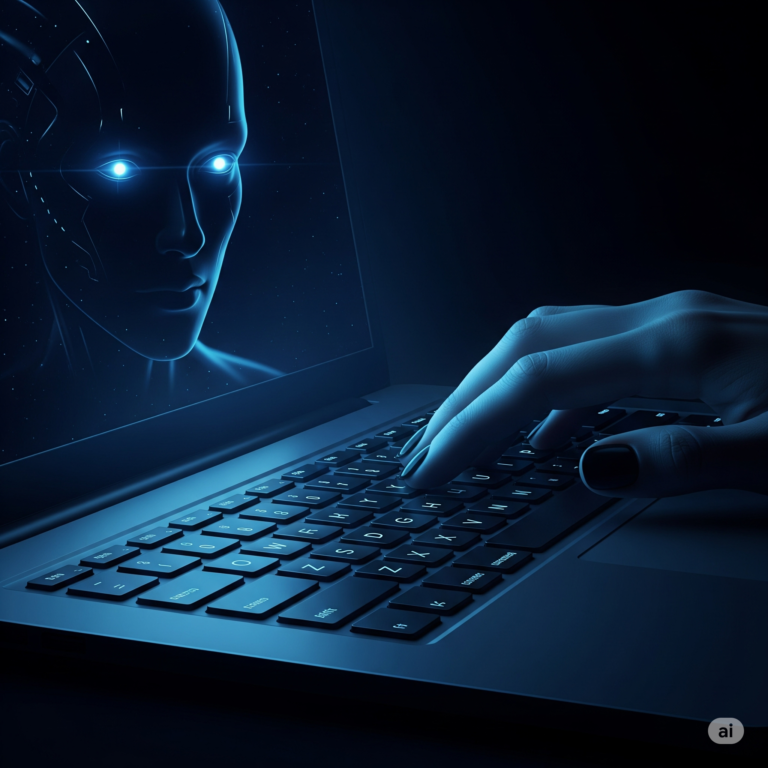
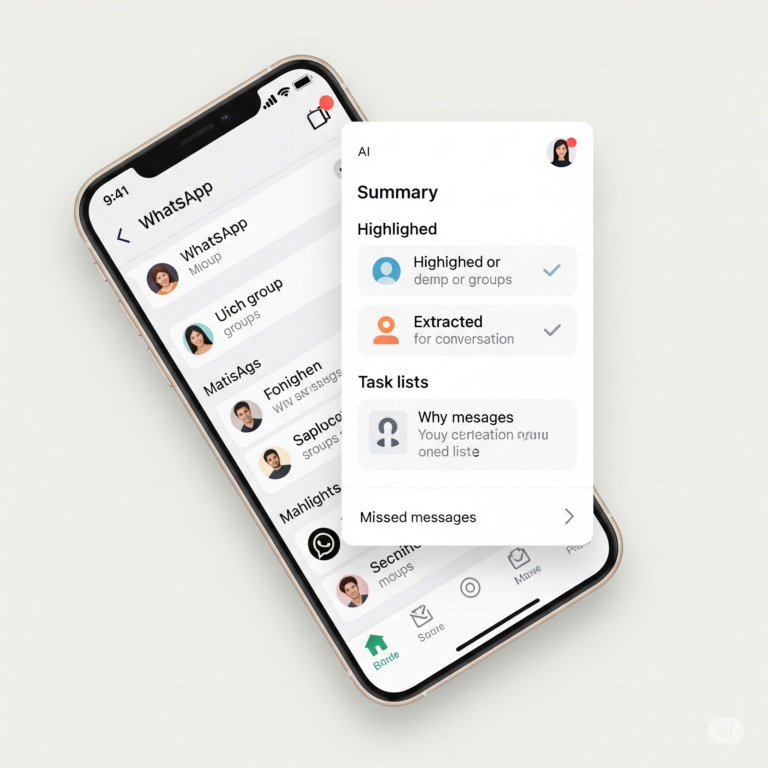
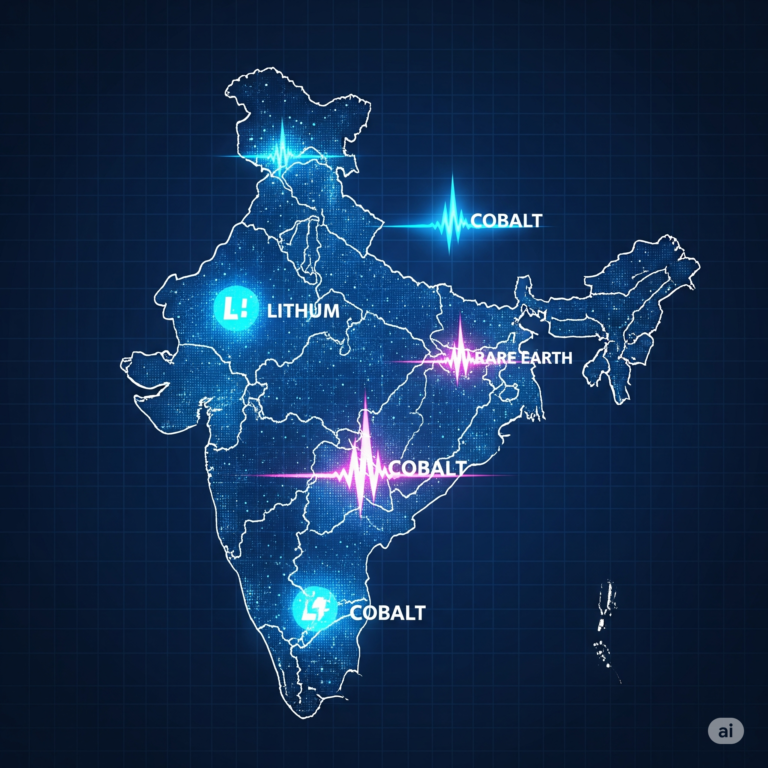
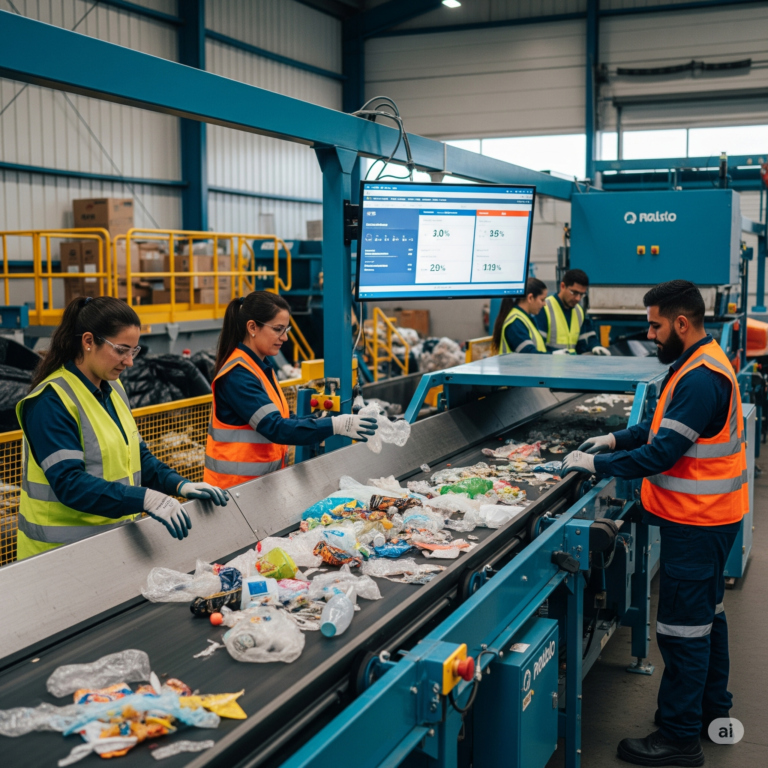
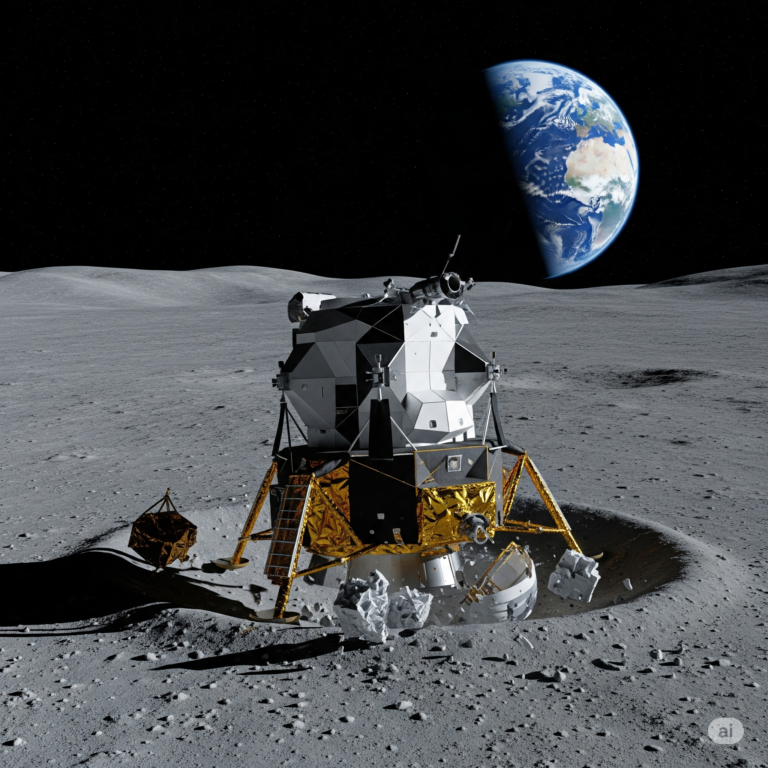







+ There are no comments
Add yours